
Understanding Small Bumps on Face: Not Acne, but What are They?
Ever notice those annoying little lumps on your face that seem to have their own life? These are not the usual breakouts of acne that we are all so familiar with. These little, frequently colourless lumps can be puzzling, but they're not as problematic as they might first appear. We shall examine the types, causes, and identification methods of those bumps on the face not pimples in this article.
Types of small bumps on face
Let's examine the different kinds of small bumps on face not acne that might develop on the face:
Whiteheads
Whiteheads, or closed comedones, are small bumps with a white or flesh-coloured tip. They occur when hair follicles become clogged with oil, dead skin cells, and sometimes bacteria. The trapped material is not exposed to air, preventing oxidation and keeping the bump's tip white. Whiteheads are generally painless and can be easily mistaken for acne.
Milia
Milia are tiny, dome-shaped cysts that typically appear on the face. Unlike whiteheads, they are not related to oil or bacteria. Milia develop when keratin (a protein) gets trapped beneath the skin's surface. Although they are frequent in infants, these bumps can afflict individuals of any age. They are frequently observed on the cheeks and around the eyes.
Also read: What is milia on face?
Keratosis pilaris
Keratosis pilaris, often called "chicken skin," manifests as small, rough, red, or flesh-coloured bumps, usually on the upper arms, thighs, or face. This condition results from keratin buildup in hair follicles, causing a plug. While it's not harmful, it can be not very pleasant.
Fungal acne
An overabundance of fungus or yeast on the skin causes fungal acne, a skin condition similar to conventional acne. Over-sweating, antibiotic use, or a damaged skin barrier can induce these tiny pimple-like bumps. They often provoke irritation.
Also read: Understanding fungal acne
Rosacea
A long-term skin condition, rosacea manifests as small acne-like pimples with accompanying redness and visible blood vessels. Pus-filled or not, these pimples typically appear on the forehead, cheeks and nose at the face's centre. Genetics and environmental factors among other things can cause rosacea.
Sebaceous hyperplasia
Sebaceous hyperplasia refers to the development of small, flesh-coloured or yellowish lumps as a consequence of expanded sebaceous (oil) glands. Often mistaken for whiteheads, these lumps tend to appear on the cheeks and forehead predominantly in older and middle-aged individuals. Older and middle-aged individuals exhibit a higher likelihood of possessing sebaceous hyperplasia.
Causes of small bumps on face
The various causes of bumps on face that are not acne are as follows:
Genetics
The genetic composition of your skin determines its kind and how it responds to different stimuli. Due to their family history, certain people may be more susceptible to diseases like keratosis pilaris or sebaceous hyperplasia. Managing these illnesses might be made easier by being aware of your hereditary predispositions.
Hormonal changes
Hormonal changes occurring during puberty, pregnancy, or menopause may induce an increase in skin oil production. This surplus of oil potentially obstructs hair follicles and consequently manifests as small pimples on the face. Hormonal abnormalities can also trigger conditions like rosacea.
Skincare products and ingredients
The products you use on your skin can improve or exacerbate its condition. Harsh or pore-clogging ingredients in skincare products may lead to the development of whiteheads or fungal acne. It's essential to choose products suitable for your skin type and concerns.
The Pink Foundry's Acne Care & Healing Gel Moisturiser with Tea Tree & Cica and Super Clarifying 12% Niacinamide Face Serum for All Skin Types are essential for achieving clear, radiant skin. The gel moisturiser harnesses the power of tea tree and cica to soothe and heal acne-prone skin while providing lightweight hydration. Complementing this, the niacinamide serum targets blemishes and uneven skin tone, promoting a healthier complexion. Together, they form a dynamic duo that not only fights acne but also nurtures skin, making them indispensable for your skincare routine.
Allergies
Skin allergies may manifest as tiny pimples on the face. Certain preservatives serve as allergens in skincare and cosmetics products. They can provoke contact dermatitis, an affliction characterised by an itchy rash or small pimples. To effectively manage this type of skin condition, identifying the allergen(s) and avoiding them are necessary actions.
How to identify if the bumps are not acne
Not sure whether the bumps are acne or not? Take note of these various factors to identify the nature of the bumps:
1. Colour and texture
Unlike typical acne, these bumps may not be red, inflamed, or have a blackhead at the centre. They can be flesh-coloured, white, or even slightly yellow, and they often have a smoother texture.
2. Lack of pain or redness
Acne breakouts are often painful and can become inflamed. In contrast, most of these small bumps are painless and lack the redness associated with acne.
3. Persistence
If you notice that these bumps persist for an extended period, even with proper skincare, it's a sign that they might not be typical acne.
4. Location
The location of the bumps can be a clue. Conditions like milia often appear around the eyes, while sebaceous hyperplasia is commonly found on the forehead and cheeks.
5. Itching
Fungal acne and contact dermatitis, among other conditions, can cause itchiness.
6. Consult a dermatologist
Always consider consulting a dermatologist when you face uncertainty regarding the nature of facial lumps. They possess the expertise to provide an accurate diagnosis, conduct requisite tests and analyse your skin accordingly.
Parting words
Those small, perplexing bumps on your face may not be acne. By understanding their types, causes and how to identify them, you can take the first step towards effective management. Remember that consulting a dermatologist is the best way to determine the exact nature of these bumps and to receive appropriate skincare guidance. Your skin's health is essential, and with the right knowledge, you can confidently tackle these small bumps, revealing a smoother and clearer complexion.




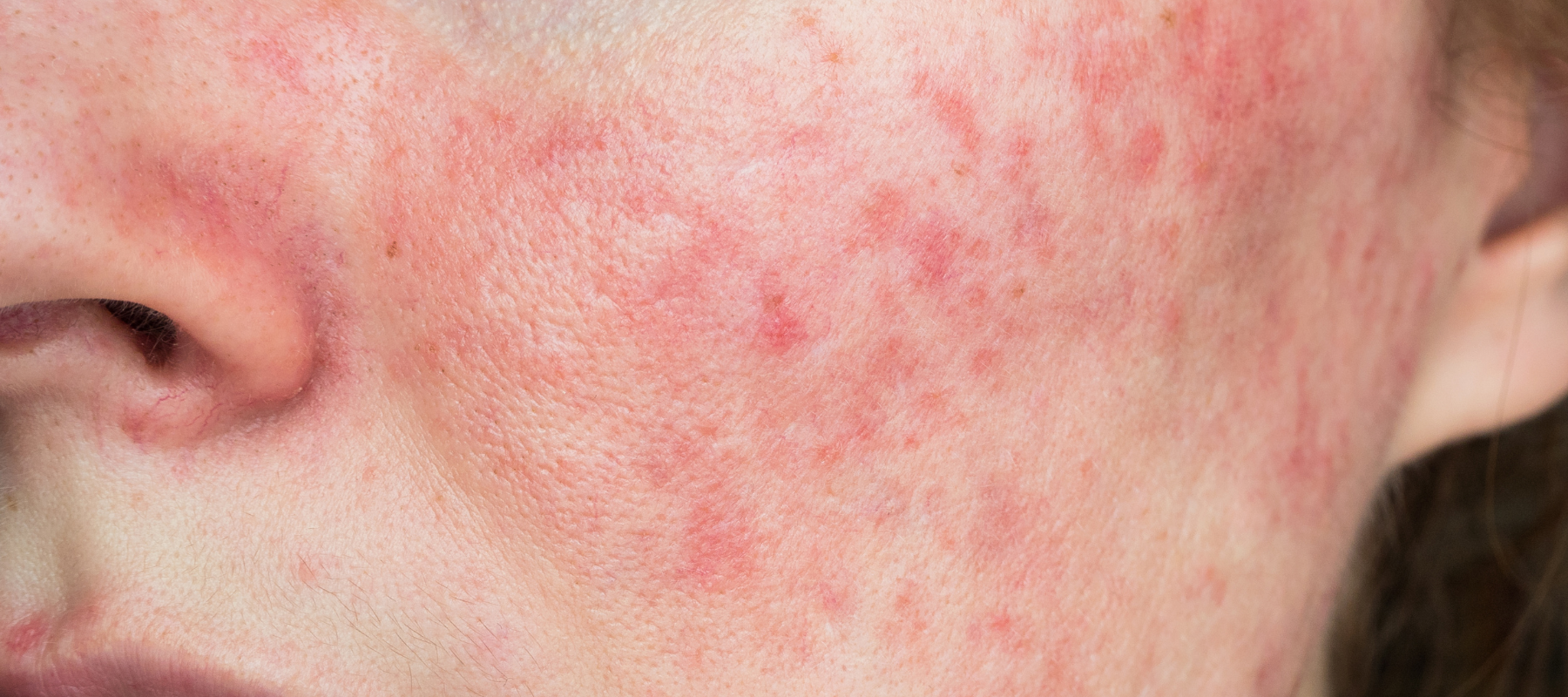
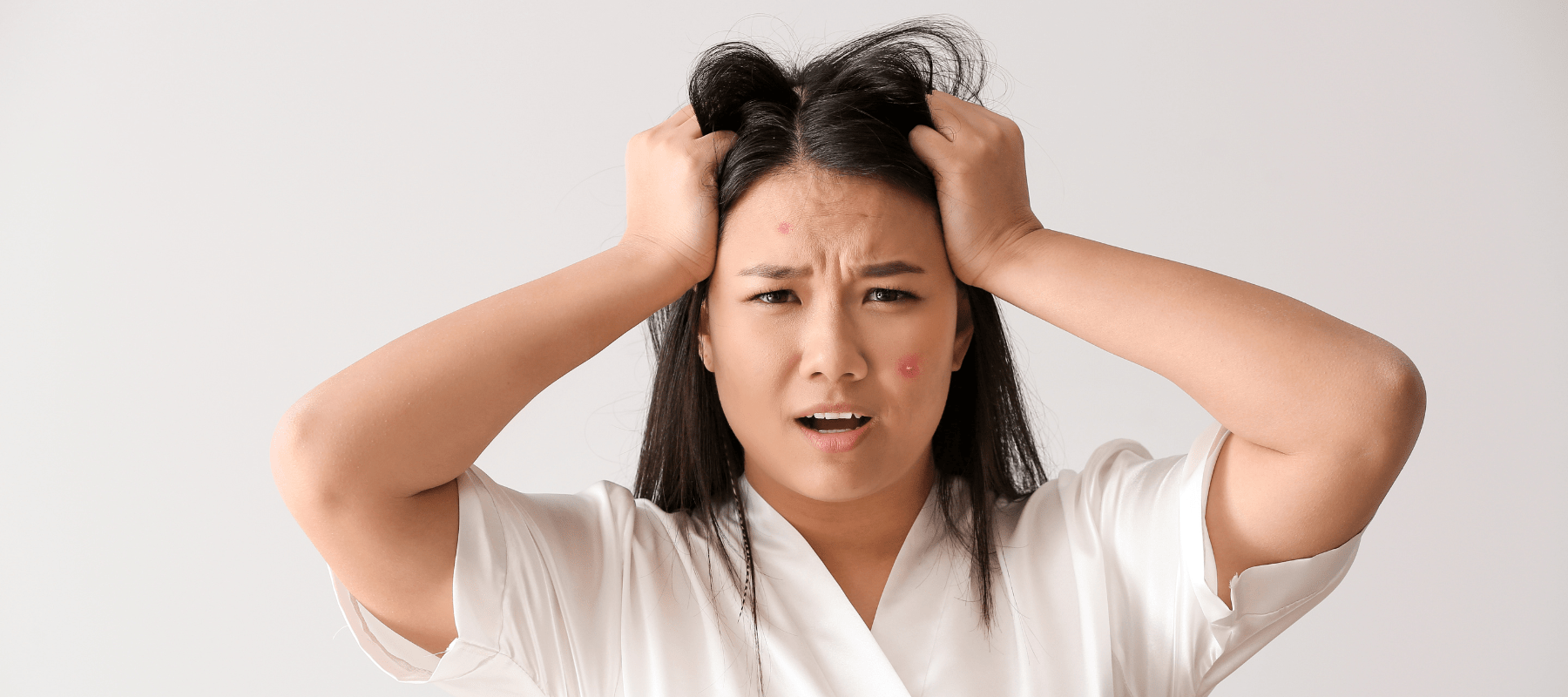

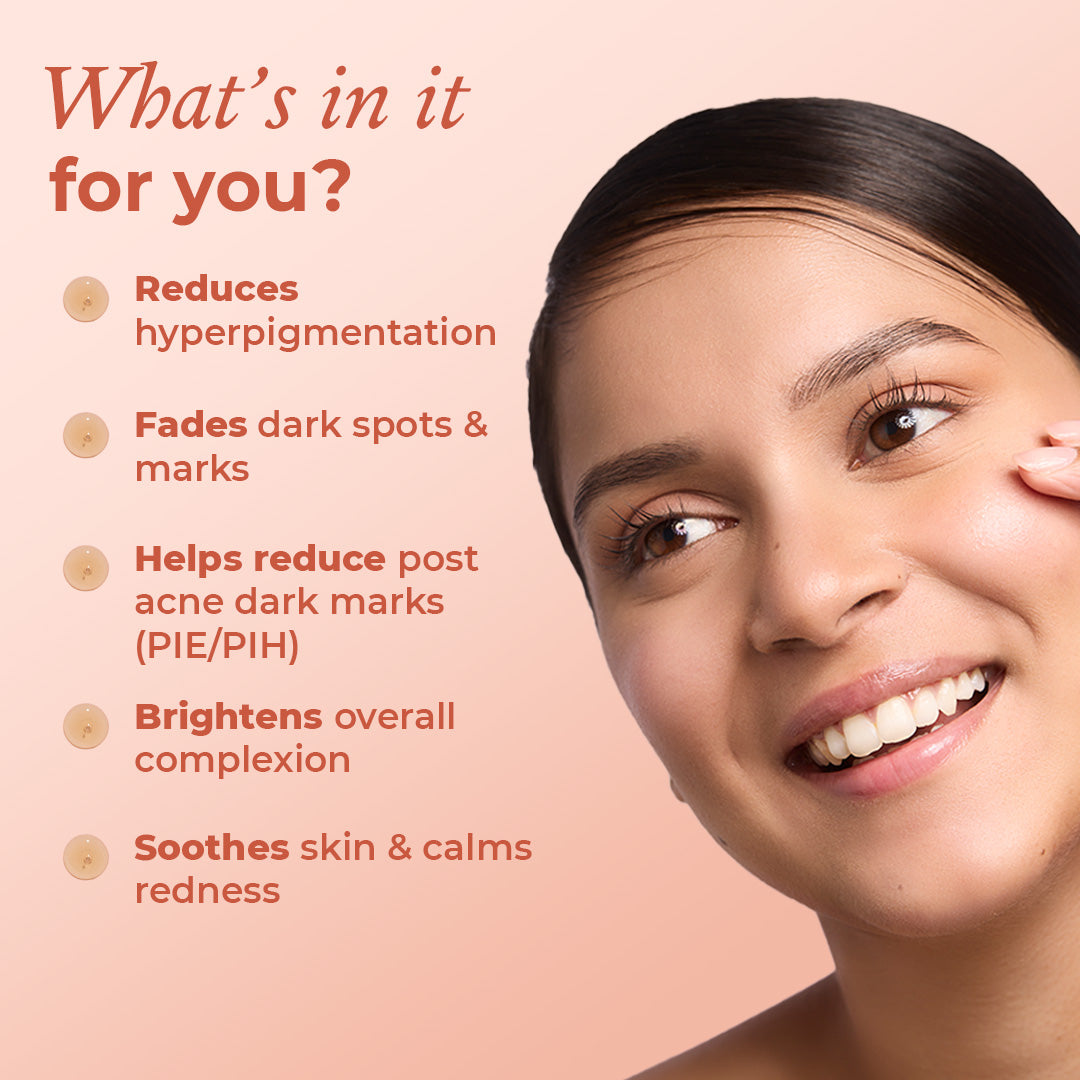

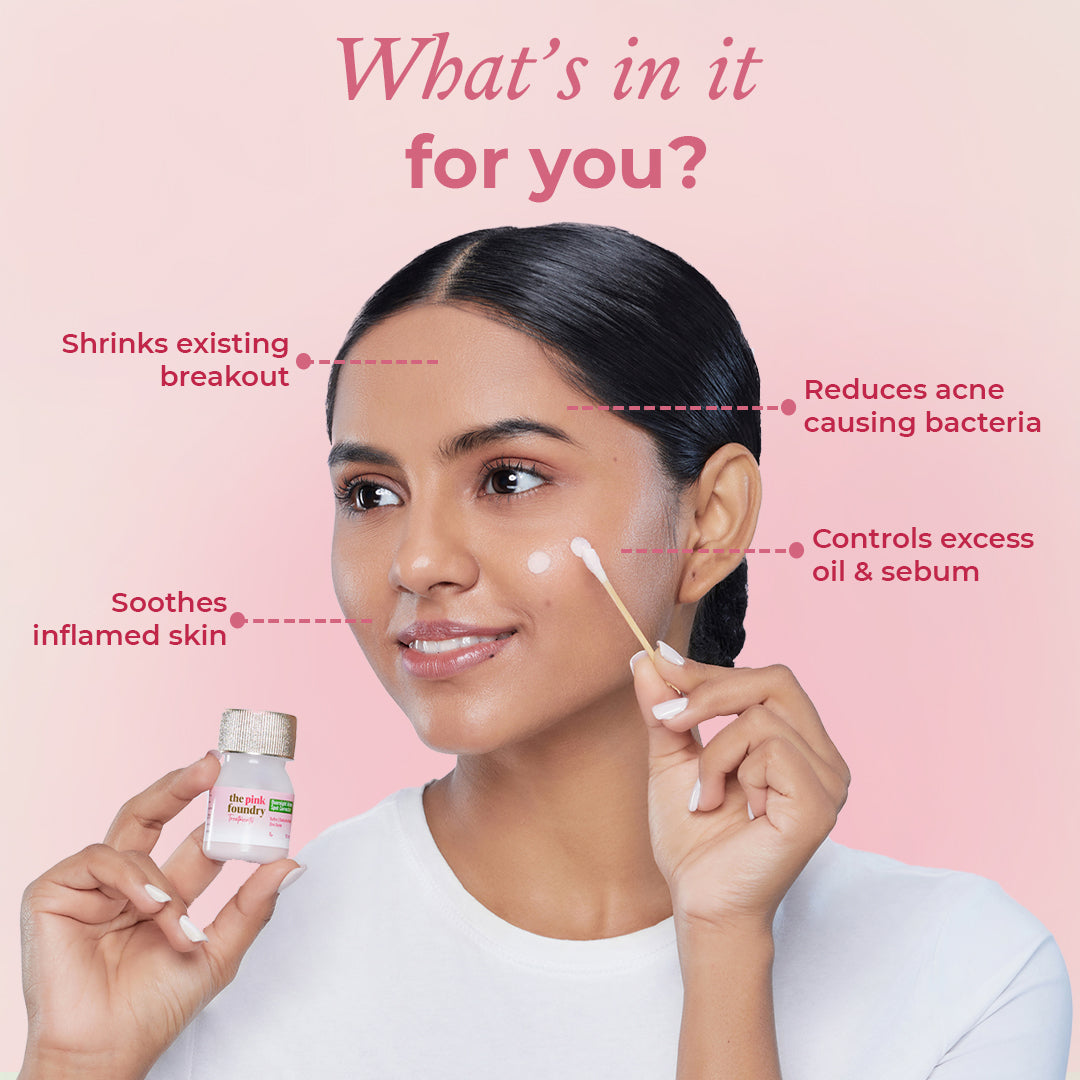
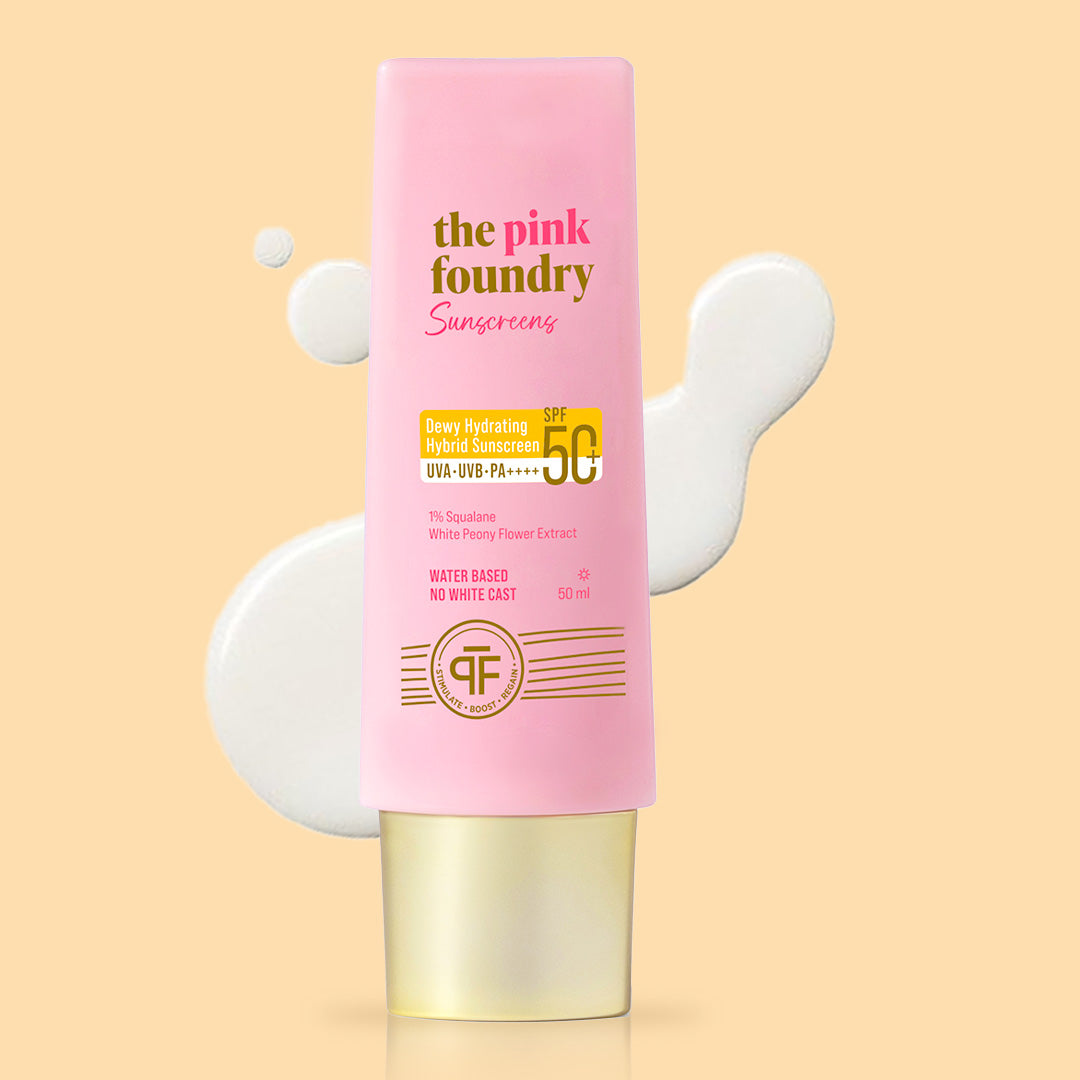
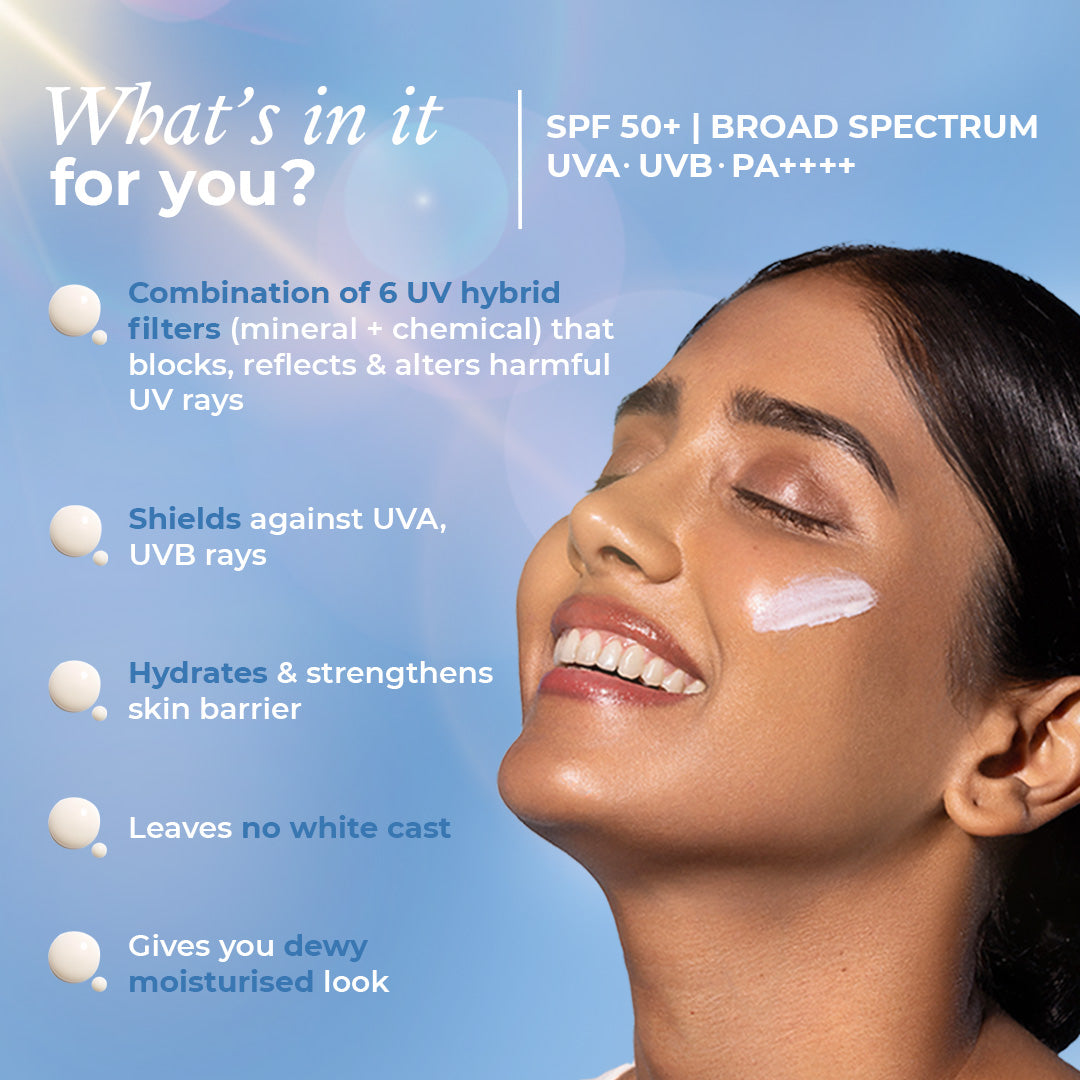
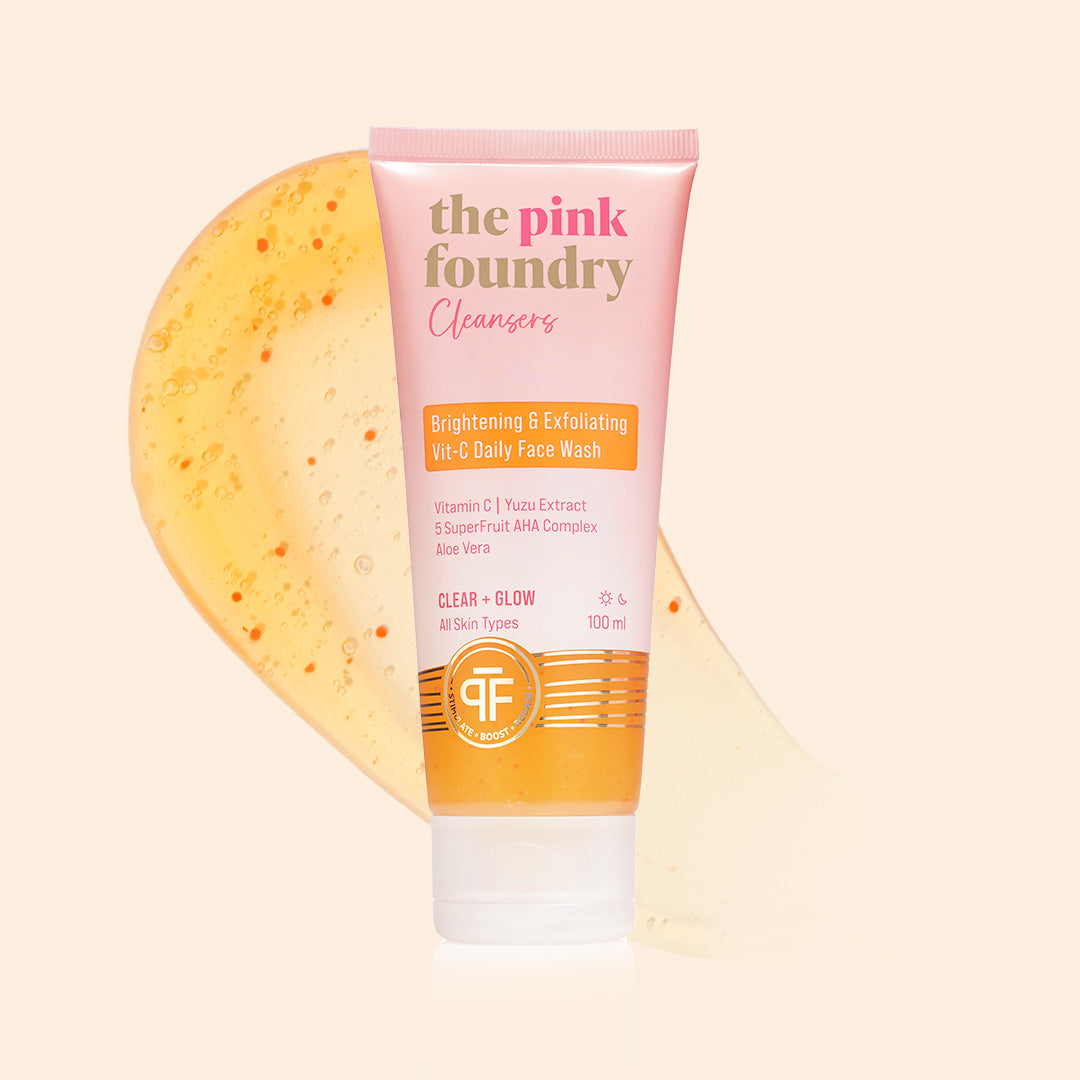
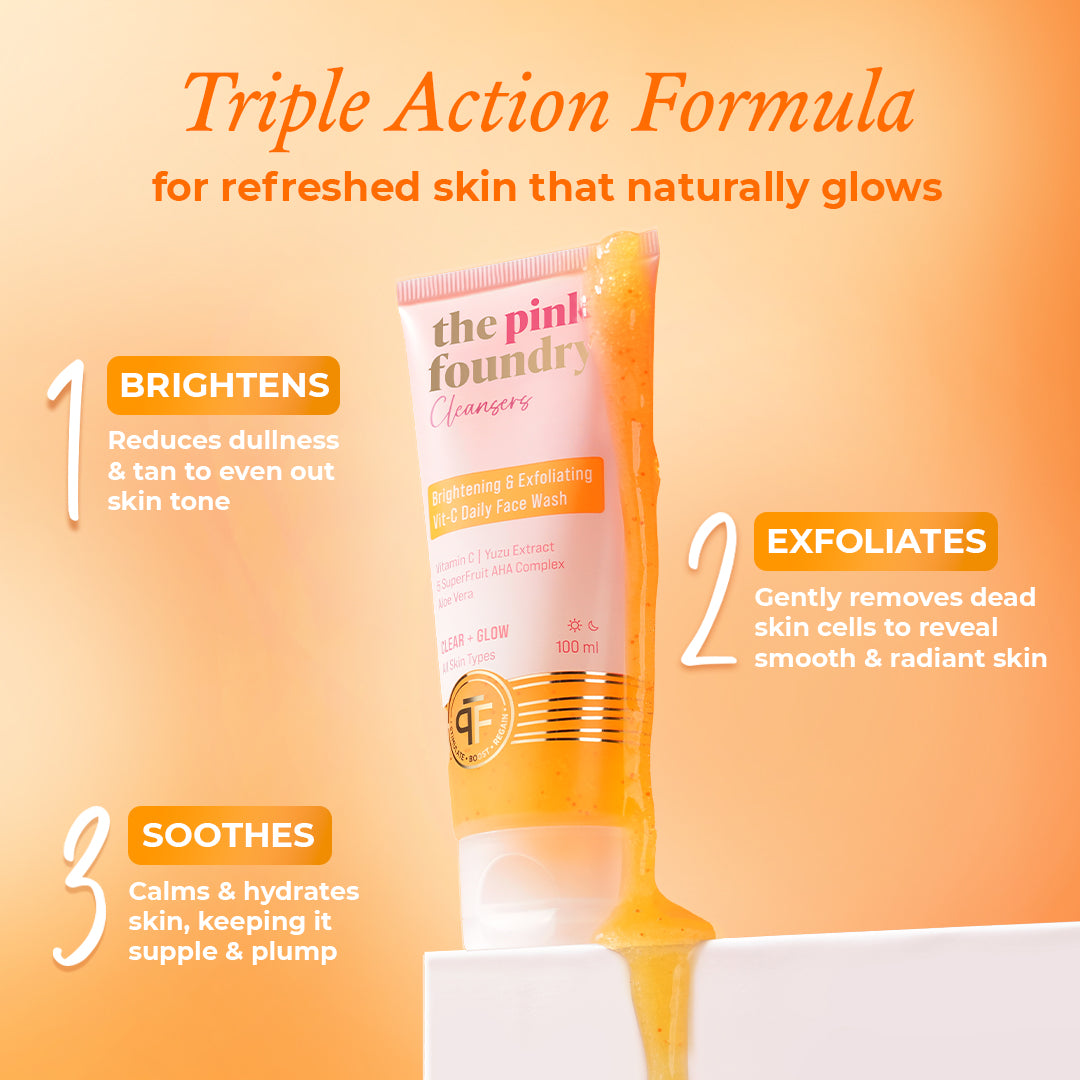
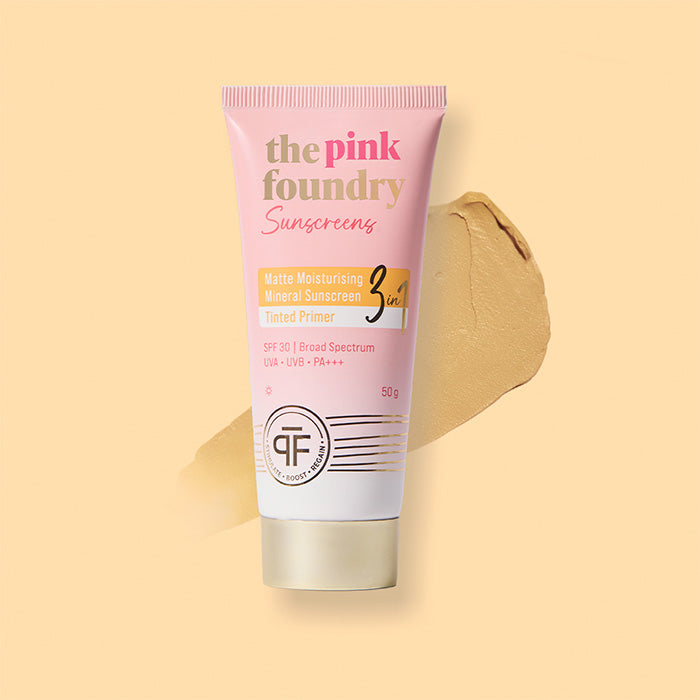
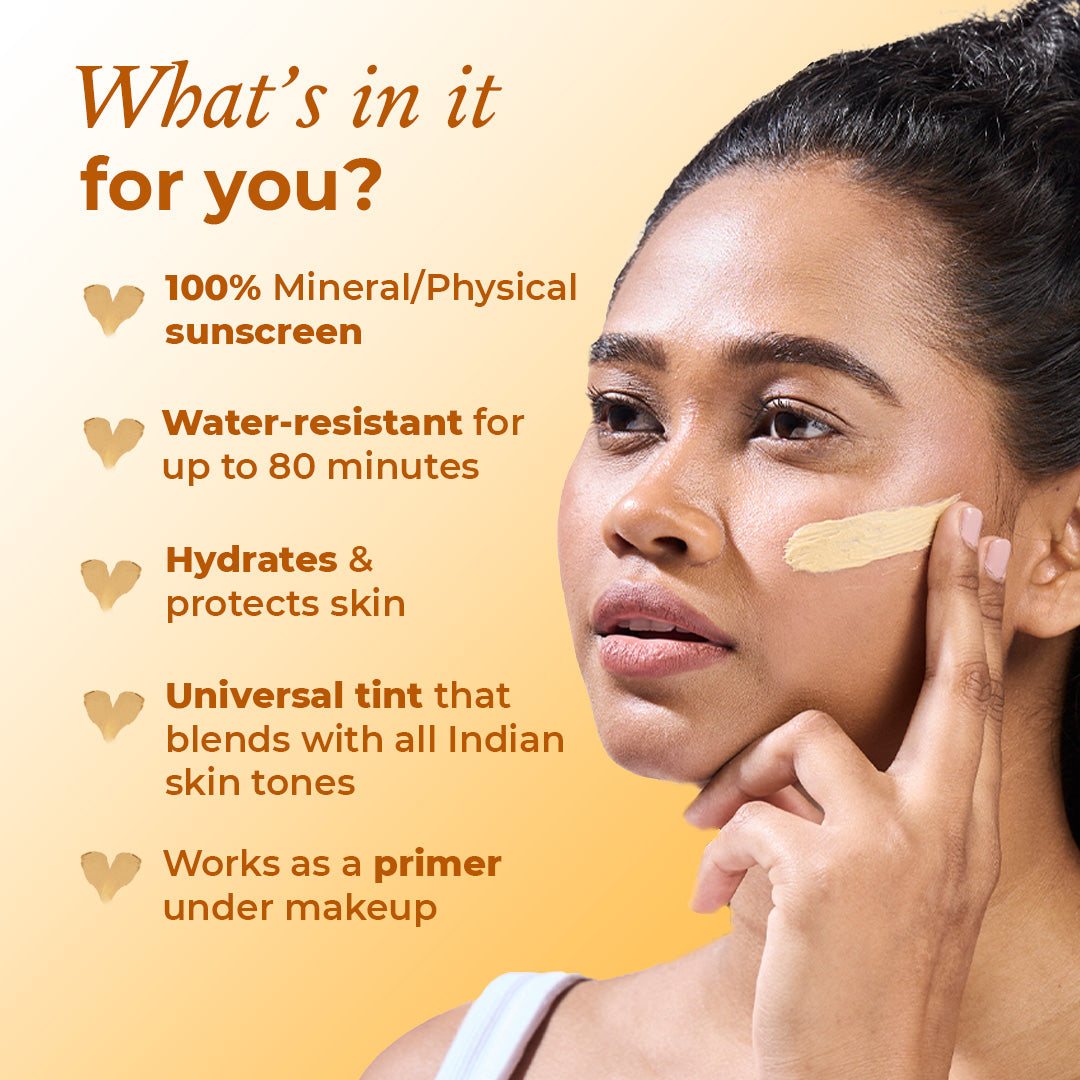
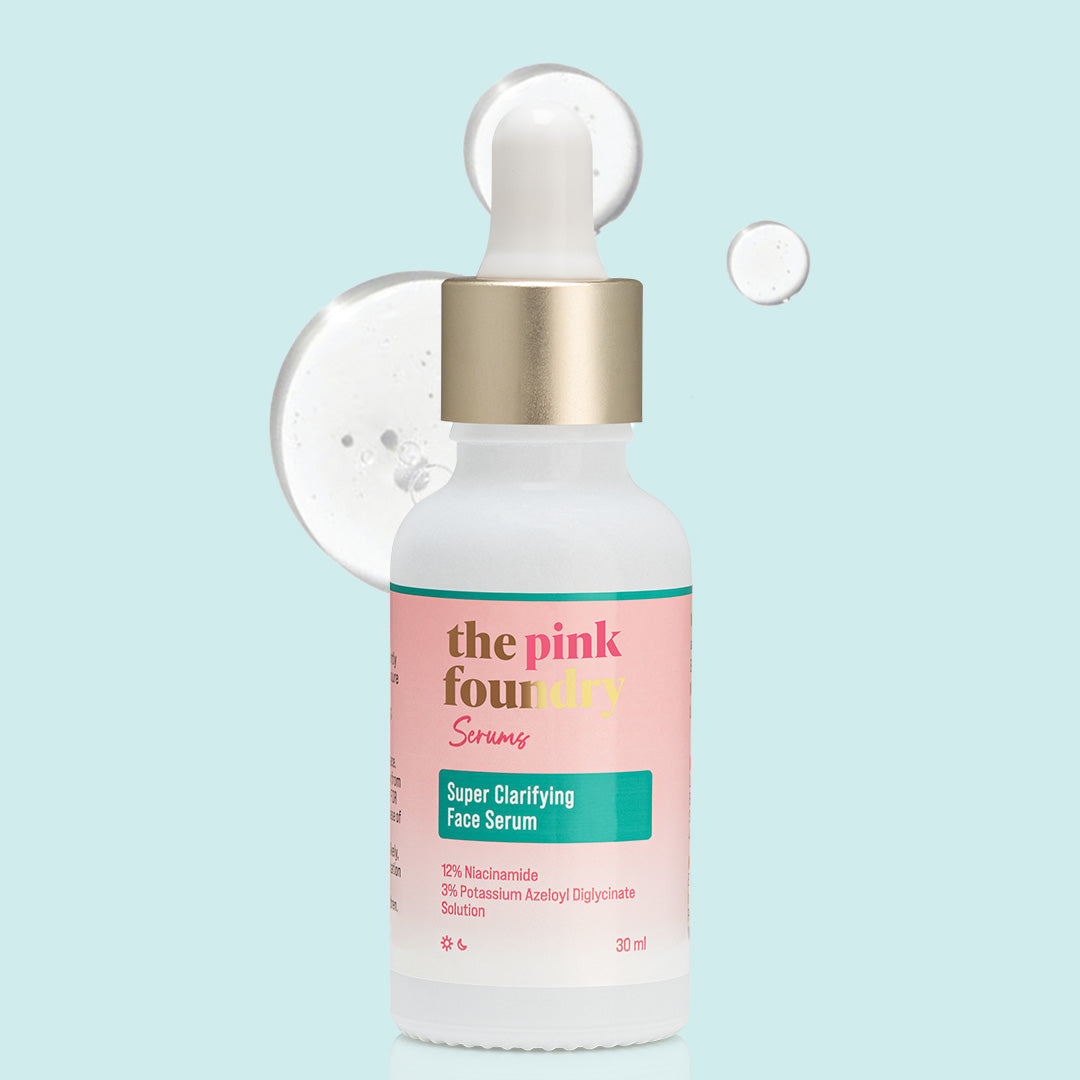
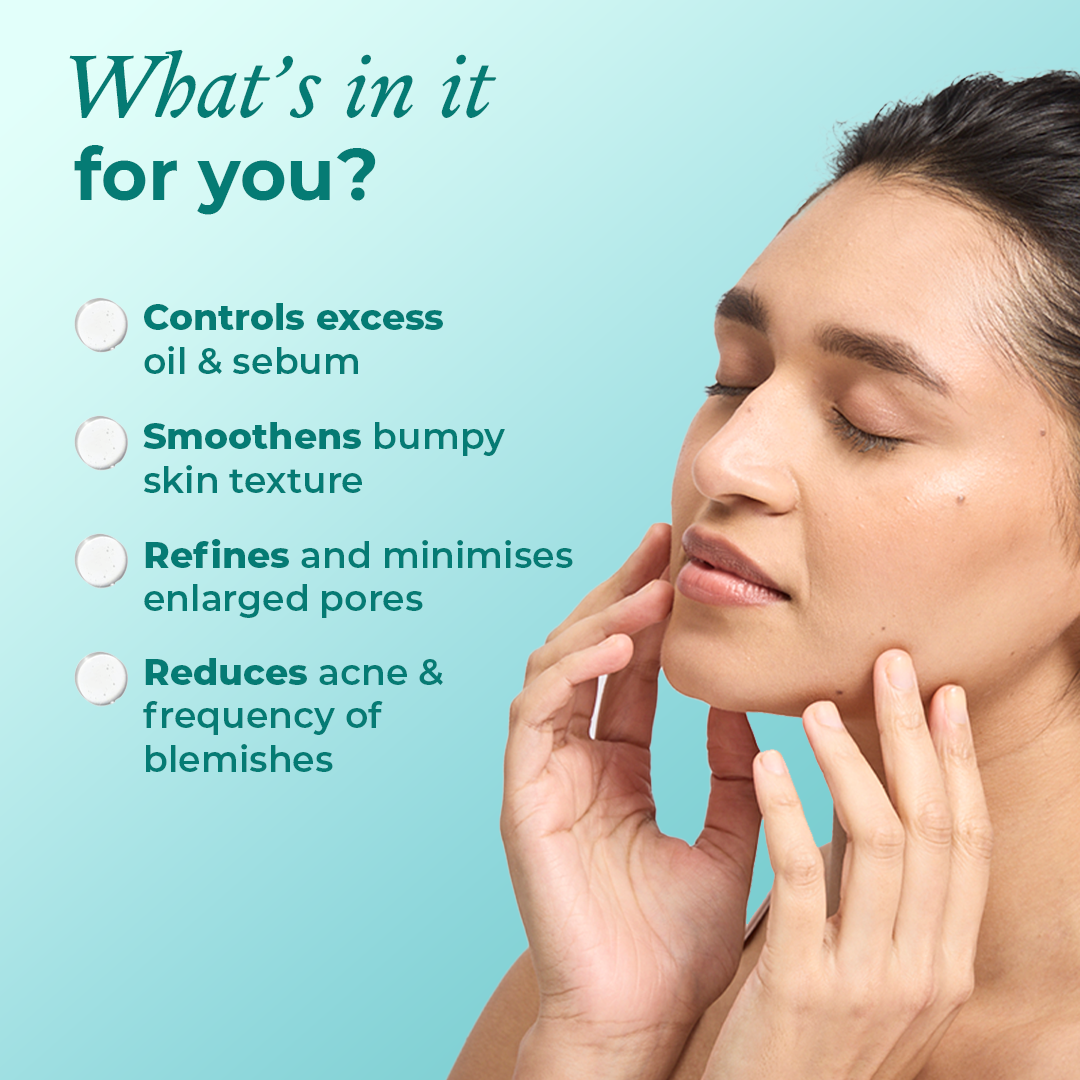

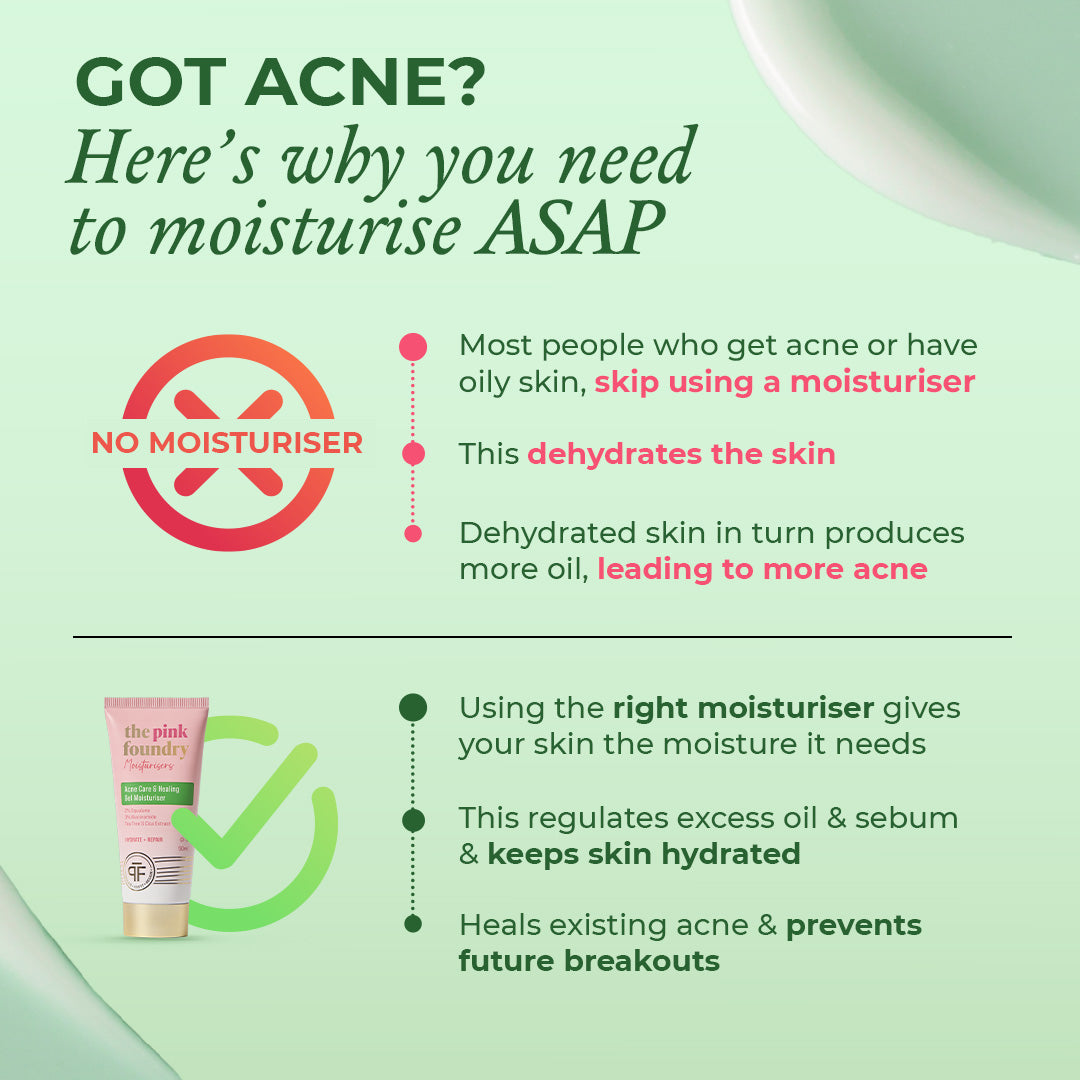
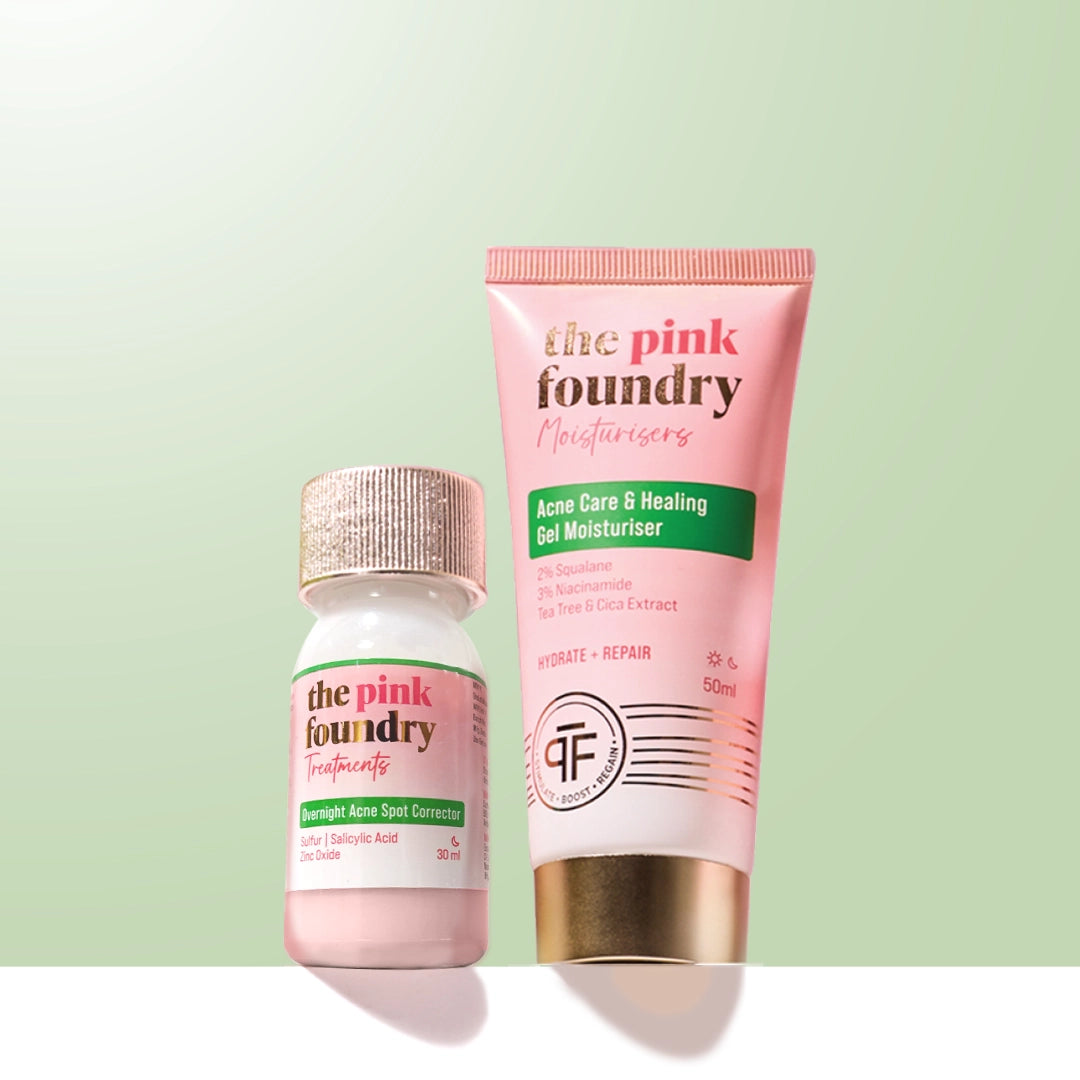
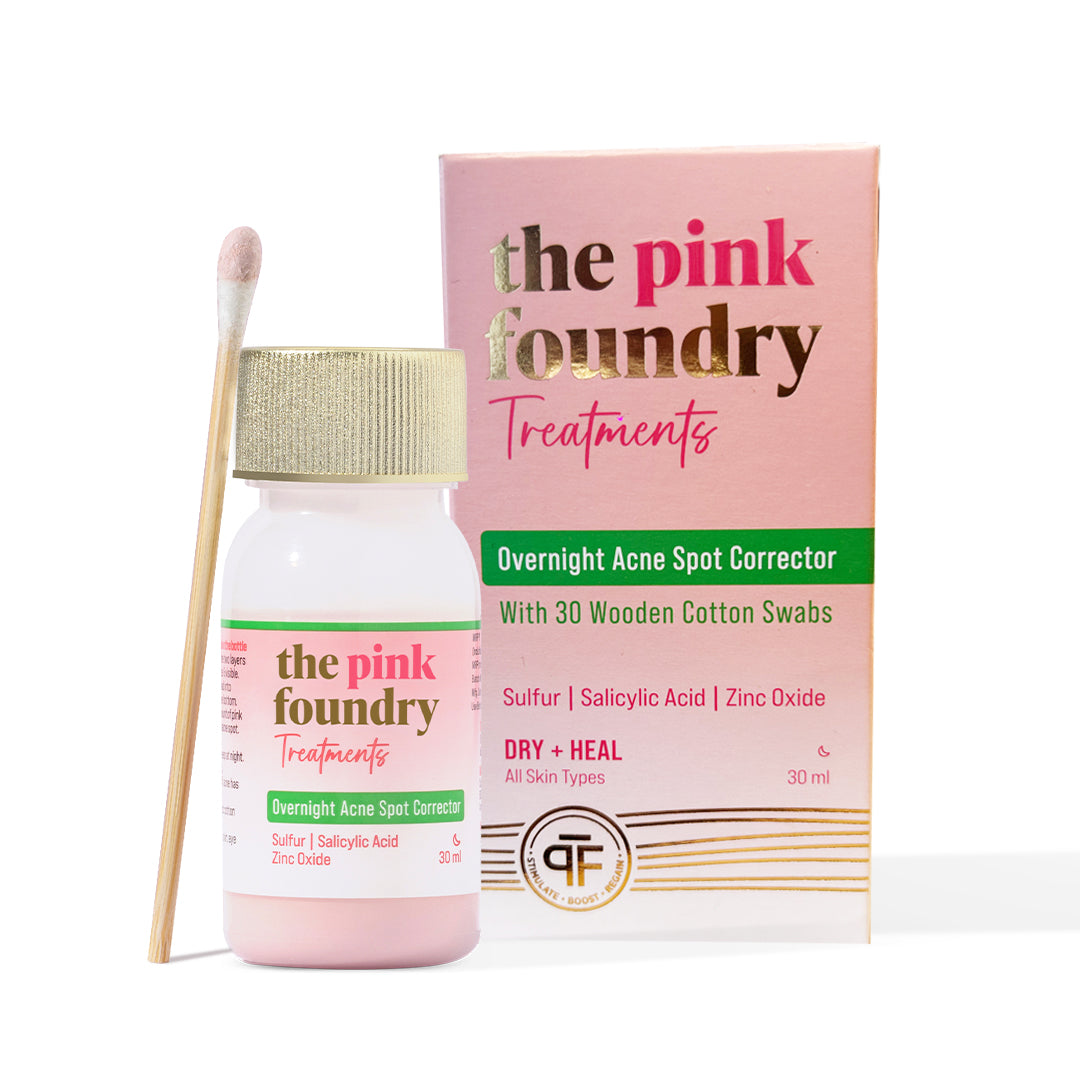
Leave a comment
This site is protected by hCaptcha and the hCaptcha Privacy Policy and Terms of Service apply.